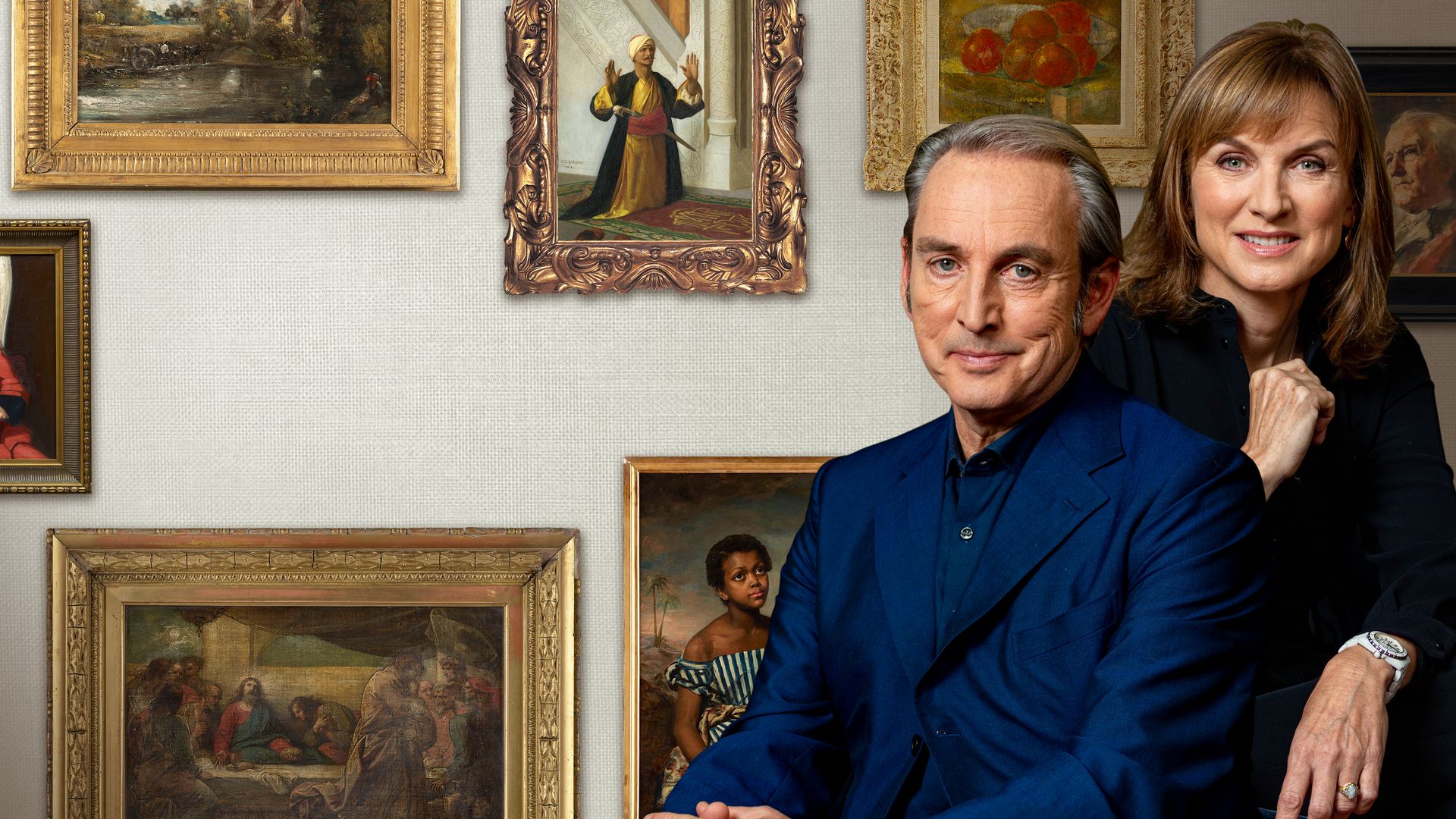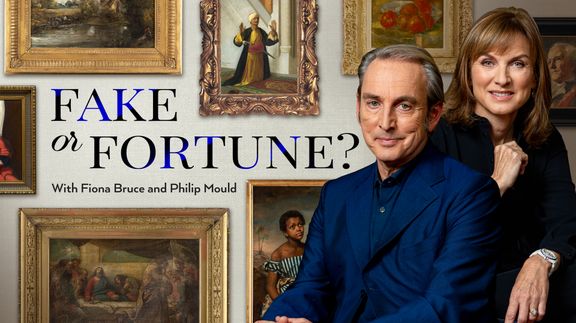

Fake or Fortune
Fiona Bruce and Philip Mould attempt to prove the provenance of works of art using experts, scientific methods, and plain old detective work. Proving the provenance, however, does not mean their findings will be accepted by the art world, which can be exclusive, snobbish, and elitist.
Fiona Bruce and Philip Mould attempt to prove the provenance of works of art using experts, scientific methods, and plain old detective work. Proving the provenance, however, does not mean their findings will be accepted by the art world, which can be exclusive, snobbish, and elitist.
Related Articles
View AllProvenance and Authenticity: Art-World Thrillers
Provenance and authentication can change an artwork’s value from hundreds of dollars to tens of millions. Needless to say, determining the work’s true artist and rightful owner…
5 Famous Art Theft Cases
Daring art heists have been a temptation for criminals and obsessive collectors since artworks evolved from permanent images on cave walls to displays in museums, galleries, and…
AI and the Future of Authenticity in Art
AI promises to revolutionize just about every industry in the world. Even as its creations become widespread, concerns have been raised about how it uses human art. What are the…
Édouard Manet and the Revealing Gaze of Modern Art
Édouard Manet was, in key ways, the first “modern” painter. Born in Paris during great social upheaval, he reinvented traditional painting to capture the changing scenes of urban…
4 Women Impressionist Artists: Confronting Barriers in the Avant-Garde
Marie Bracquemond, Mary Cassatt, Eva Gonzalès, Berthe Morisot – these painters, all affiliated with the Impressionist art movement, have not received the attention given their…
Seeing through Art: Waldemar Janusczcak’s Iconoclastic Vision
Viewing art can be a solitary, sometimes confounding experience. Waldemar Januszczak is seeking to change that by hosting TV documentaries on art that feature his accessible yet…
How Hitler and the Nazis Stole Art (and Profited from the Crime)
Out of 600,000 works of art stolen or looted by the Nazis during WWII, more than 100,000 are still unaccounted for. Nazi collaborators, even in Allied countries, helped the Nazis…
Baring It All: The Complicated Social History of Michelangelo’s David and the Nude in Art
Is Michelangelo’s statue of David pornographic? It turns out the question isn’t new – it’s age-old and dates almost to its time of completion. Michelangelo felt differently, of…